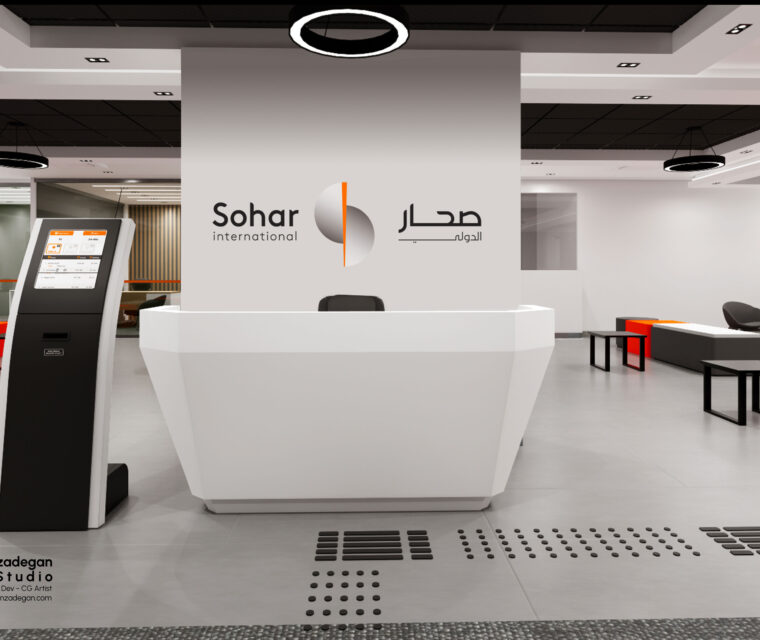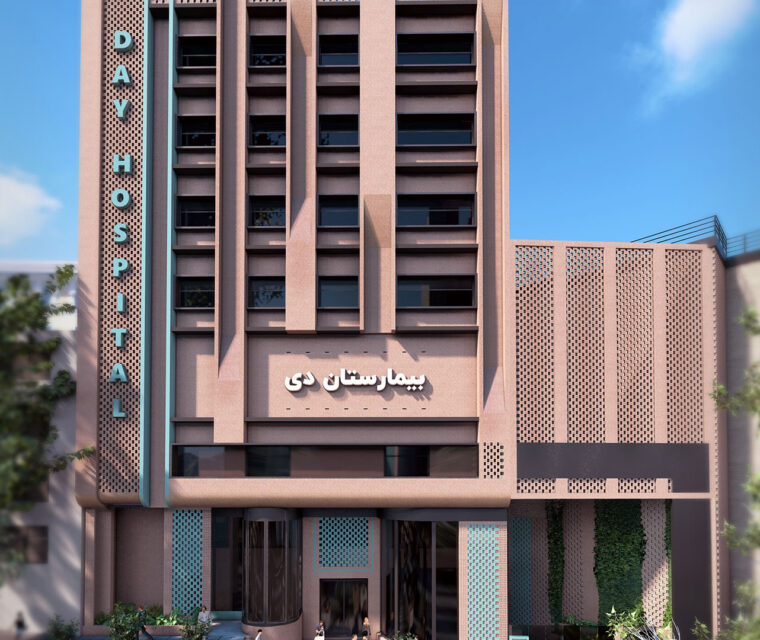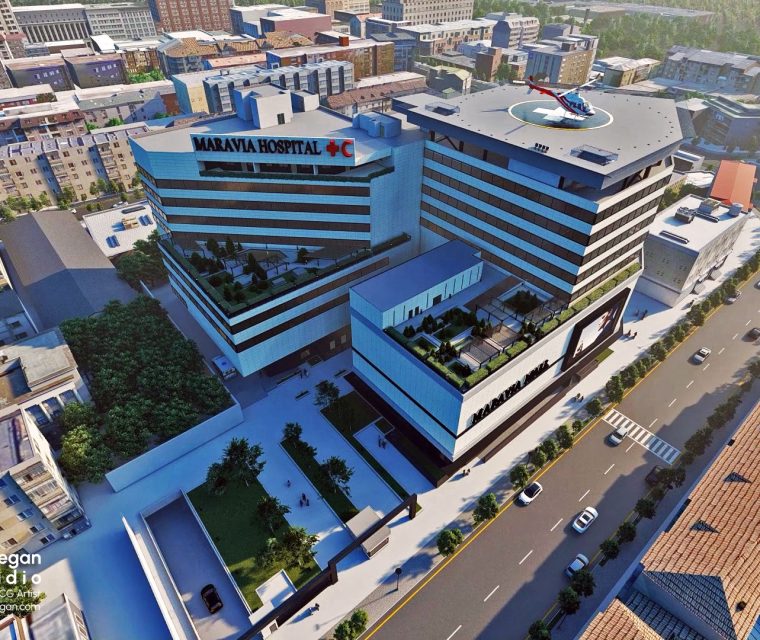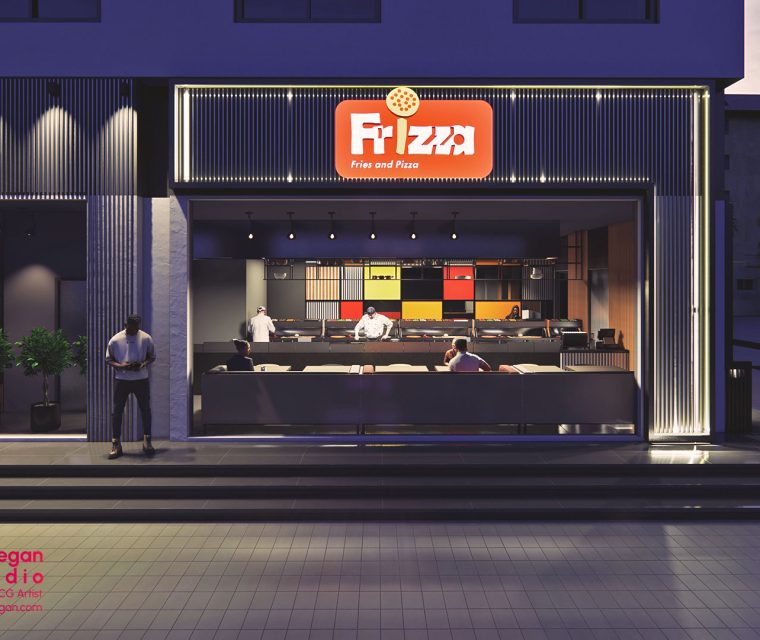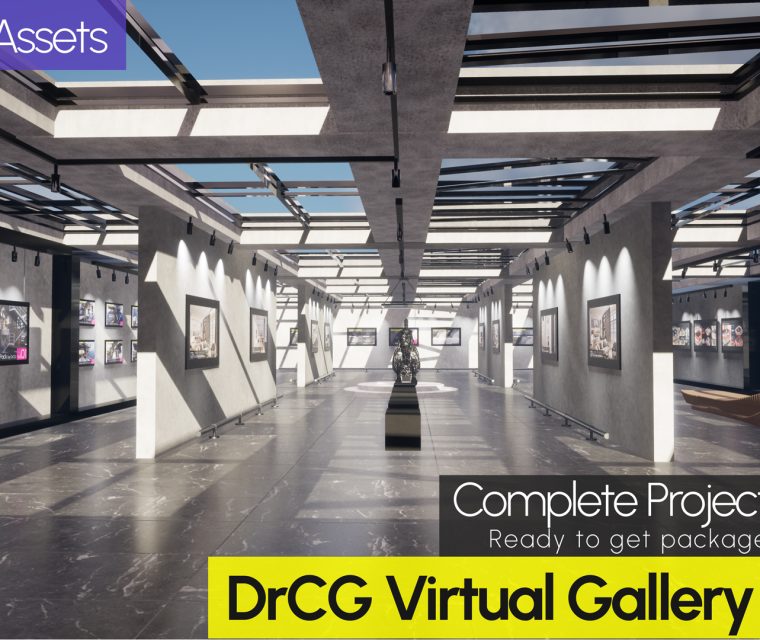Park Design - Persian Gulf Boulevard, Scheme 1
Park Khalij Fars is located in Beyza, Iran, on Persian Gulf Boulevard. It was architecturally designed by the aaStudio team (Mohammad Amanzadegan).
Project Brief
The Persian Garden is one of the oldest landscape design and gardening traditions globally, with a long history among Iranians. It's a cultural, historical, and physical complex where water, plants, and structures are integrated within a specific geometric system, creating a desirable, safe, and peaceful environment for people. The presence of water in a Persian Garden follows a distinct system that harmonizes with its geometry. Plants are used for shade, fruit-bearing, and ornamentation. Other characteristics of the Persian Garden include centrality, symmetry, rhythm, expansive views, and rectangular geometry. The principles and elements of the Persian Garden can help transform today's parks and green spaces from dull monotony into vibrant and lively areas, much like traditional Persian Gardens. In the design of Beyza Park, the designer has sought to utilize elements and spatial arrangements from Persian-Islamic Gardens due to the region's fertile plain and inspiring natural beauty.
Client
Sohar Int Bank
Roll
Architectural Designer
Architect
MBC - Modern Building Construcion LLC Oman
3D Visualization
DrCG.net Team
Date
2025
Location
Oman, Muscat
Idea and Concept of the Design
Integration of Traditional and Modern Elements: A blend of Iranian-Islamic and modern architectural styles.
Inspired by Sacred Geometry: Design drawing inspiration from traditional and religious geometric forms.
Creating Serenity with Circular Geometry: Evoking a sense of peace and contemplation through the use of circular geometry.
Incorporating Sacred Symbolism: Adapting and integrating religious symbolism (sacred numbers).
Respecting Historical Heritage: Considering the ancient historical background and millennia-old heritage of Anshan.
Site-Responsive Design: Designing in harmony with the natural form of the land.
Climate and Local Adaptation: Designing appropriate for the climate and local context of Beyza.
Meeting Resident Needs: Designing to meet the needs of the local residents.
Natural Slope Preservation: Maintaining the natural slope of the site as much as possible.
Slope-Conscious Spatial Arrangement: Arranging spaces with careful consideration of the site's slope.





Introducing us
Diverse Urban Park Spaces: Designing various urban park spaces (recreational, cultural, educational, etc.) using the Persian Garden (Chahar Bagh) model.
Integration of Persian Garden Elements: Incorporating the characteristics and elements of Persian gardens into the park's spatial design.
Balanced Spatial Creation: Creating spaces with a balanced structure, including at least one main straight axis with a deep vista, secondary pathways, and the placement of independent spaces alongside them.
Geometric Harmony: Combining rectangular and linear geometry with curved and circular lines within the park and garden spaces. This is done carefully to ensure the visual and perceived rectilinear geometry of the garden is not entirely lost.
Unobstructed Vistas: Avoiding the use of visual barriers, whether natural or artificial, across the main axis of the garden and park.
Varied Water Features: Utilizing water in various forms, including linear elements along the main axis, tall trees along the edges, and large pools and fountains in the park's landscaping.
Prominent Water Displays: Designing the edges of pools and water features at a height that allows for a larger surface area of water to be showcased.
Reflective Water Use: Wherever possible, leveraging the reflective quality of water in front of main structures.
Nature Integration in Buildings: Designing structures as a combination of open, semi-open, and enclosed spaces to enhance connection with nature.
Prominent Entrance Gateway: Designing a distinctive gateway as a focal point for the complex, proportional to the scale and function of the park, for the main entrance.
Human Experience
The thoughtful design of Beyza Park draws inspiration from the unique characteristics of Persian-Islamic Gardens. This includes their distinct and unique geometry, the presence of kooshk (pavilions) and grand gateways, a specific approach to incorporating water features, an abundance of shade, and a particular order in tree planting. This approach aims to enhance citizen satisfaction.
The Persian Garden is often seen as a symbol of paradise. The Quran frequently mentions celestial trees, including the Tuba tree. Islaimi patterns (arabesques) are considered a complete representation of this sacred tree.
Islaimi patterns perfectly embody the sacred tree of paradise. With their rhythmic and cyclical movement, these lines guide the observer from a beginning point, through a journey, to an end, where another beginning and another movement unfold, repeating infinitely. These soft, flowing lines address many psychological needs and effectively extend the apparent path length within the scale of Beyza's neighborhood park.
Share on


